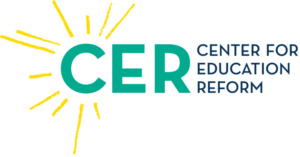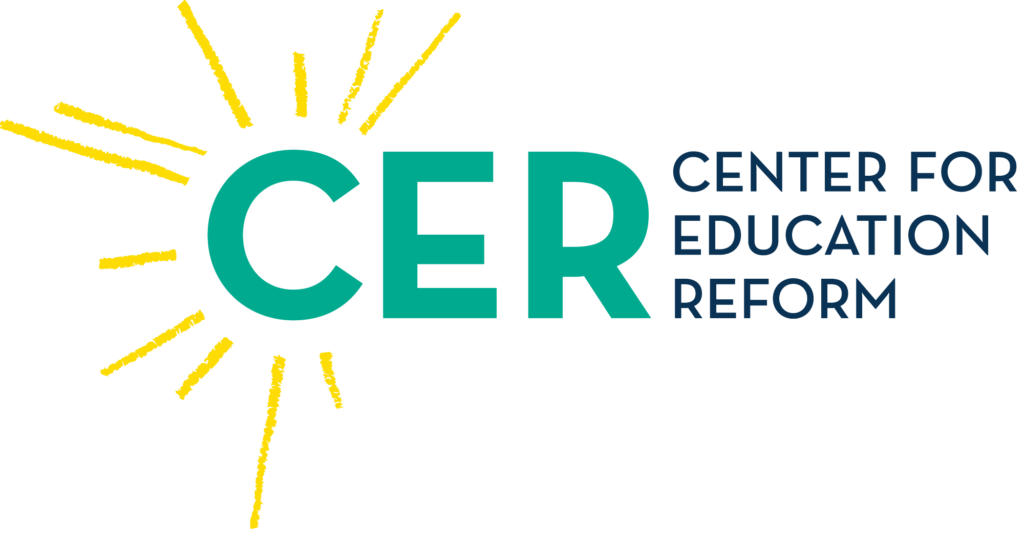On Thursday, August 21, 2025, The U.S. Department of Education issued further guidance on how states can ensure equitable access for students in private schools to federally funded services.
The new Department of Education guidance clarifies how students in private schools can access federally funded supports under Title I-A, such as tutoring, counseling, and summer programs. While federal dollars do not go directly to private schools, local school districts are required to ensure eligible private school students receive services, reflecting the principle that funding follows students rather than institutions.
Why This Matters:
Federal law (ESEA, dating back to 1965) says education funding benefits students, not schools. Because private school families also pay federal taxes, their children are entitled to certain federally funded supports. The administration is pushing districts to work more closely with private schools so families see those benefits more directly.
This is part of a bigger strategy in the Trump Administration, and the fourth piece of guidance under Linda McMahon’s Department of Education aimed at broadening choice:
March: Encouraged Title I funds for parent-selected options like tutoring, advanced courses, dual enrollment, and career training.
May: Urged stronger definitions of unsafe schools, so more students could transfer to safer or alternative options.
June: Advised states to use Title I funds for families in chronically low-performing schools, again stressing transfers and personalized supports.
Now (August): Ensuring private school students get full access to federally funded services.
This move is part of a broader Trump administration strategy to expand school choice, building on earlier guidance encouraging states to use federal funds for parent-selected services, transfer options for unsafe schools, and supports for students in low-performing schools. Together, these steps underscore the administration’s push to maximize parental choice, redirect federal resources toward students’ individual needs, and ultimately return greater authority over education to the states.
1. Maximize Title I-A “Equitable Services” for Private School Students
- Proactively consult with private school officials to identify eligible students.
- Direct Title I funds toward tutoring, counseling, summer programs, or other supports for those students, delivered by or through the district.
- Make sure private school families know about their eligibility and can actually access services.
2. Use Title I Flexibility to Fund Direct Student Services
- Reserve a portion of Title I dollars for parent-directed services such as:
- Advanced courses
- Dual enrollment
- Career and technical education
- Supplemental tutoring
- Advanced courses
- Design systems that allow parents to choose the provider of these services, rather than leaving it up to the district.
3. Expand Options for Students in Unsafe or Low-Performing Schools
- Redefine “unsafe school” more rigorously (the May guidance encouraged stronger definitions so more students qualify to transfer).
- Publicize transfer options for families in unsafe or persistently low-performing schools.
- Create partnerships with charter schools, neighboring districts, or private providers to offer alternatives.
4. Build State-Level Policies to Support Choice
- Pass or strengthen state laws that give parents more flexibility—such as:
- Education Savings Accounts (ESAs)
- Tax-credit scholarship programs
- Stronger charter school authorizing
- Education Savings Accounts (ESAs)
- Use the federal guidance as cover: states can say they’re following U.S. Department of Education encouragement to expand options.
5. Engage Parents Directly
- Launch campaigns to inform parents about new eligibility, transfers, and supports.
- Set up state or district “choice navigators” (people, websites, or hotlines) to walk families through their options.
In short: States don’t need new laws from Congress to act. They can repurpose existing federal funds under ESEA—especially Title I—to give parents more say, and they can redefine standards and procedures (for unsafe schools, low-performing schools, or equitable services) to expand the pool of students eligible for choice right now.

